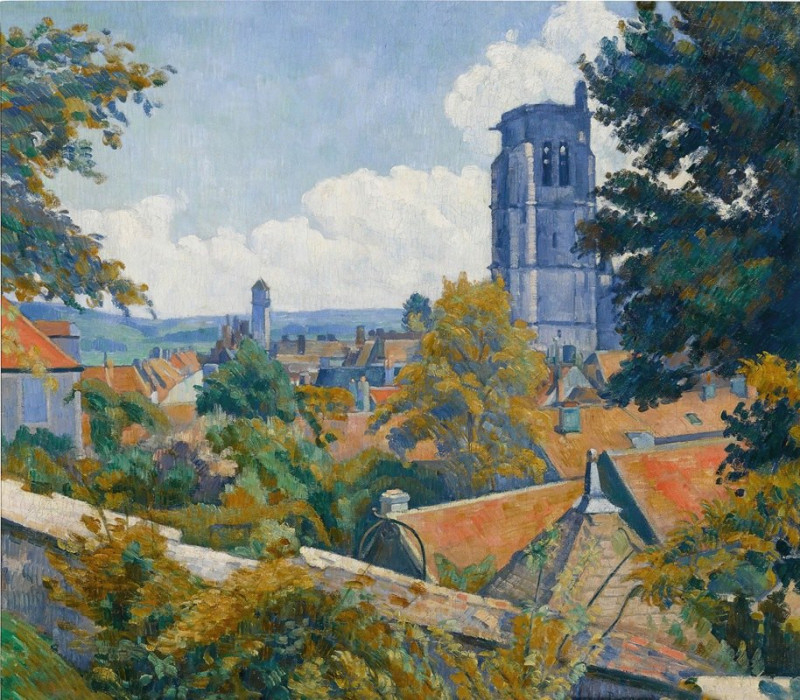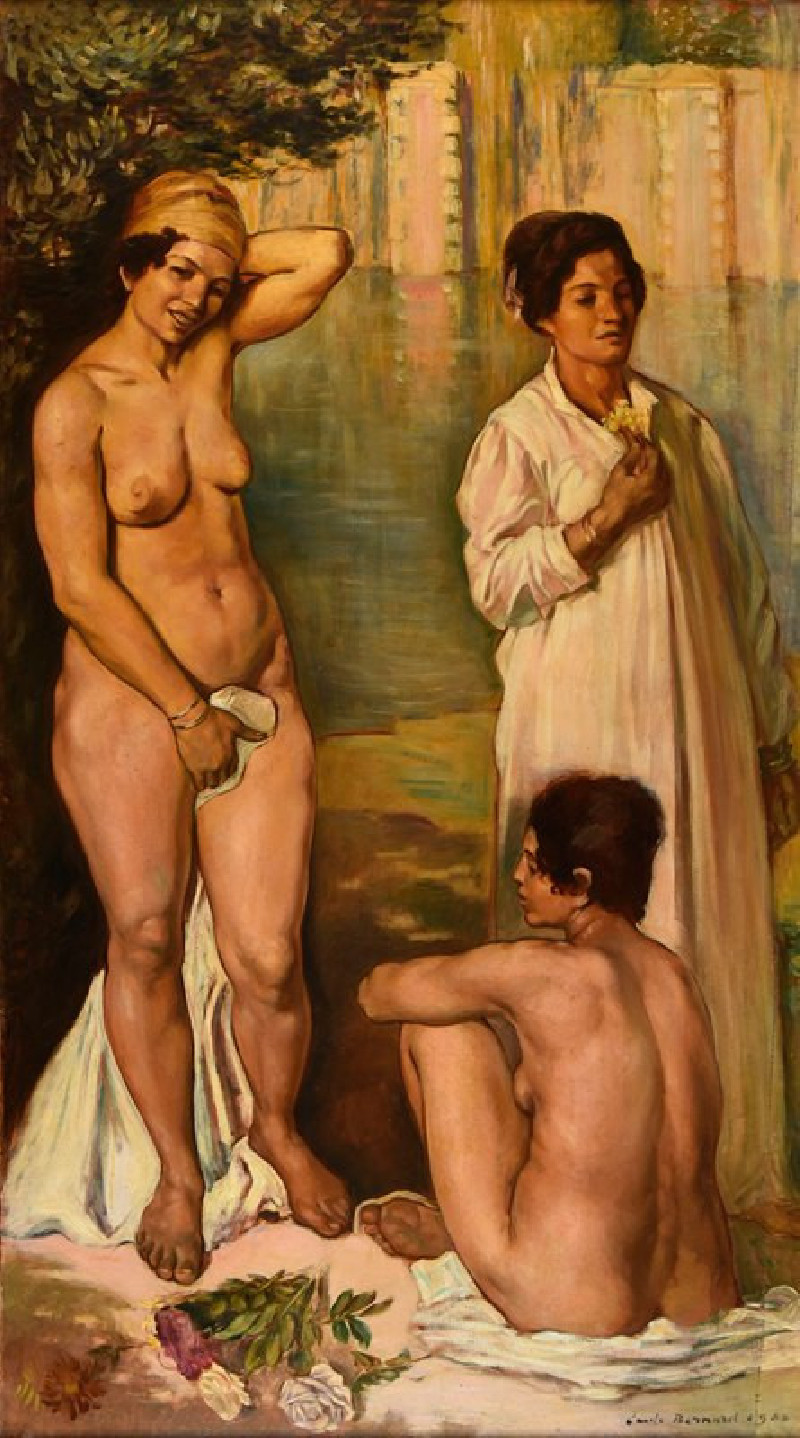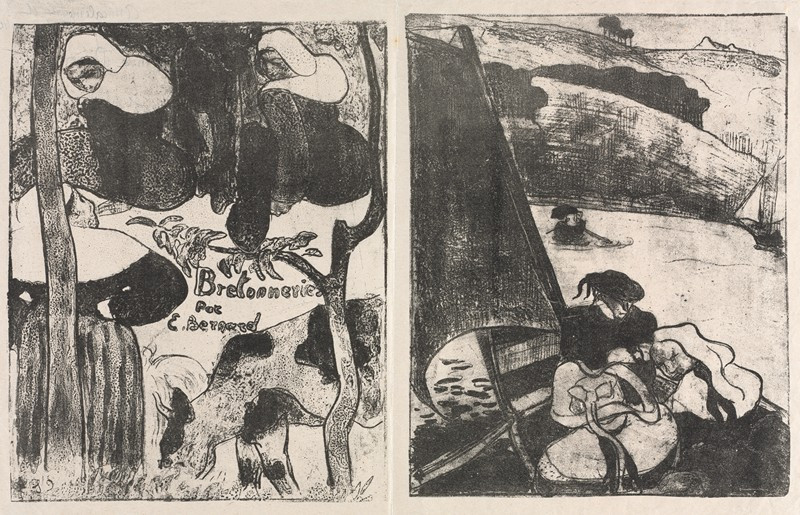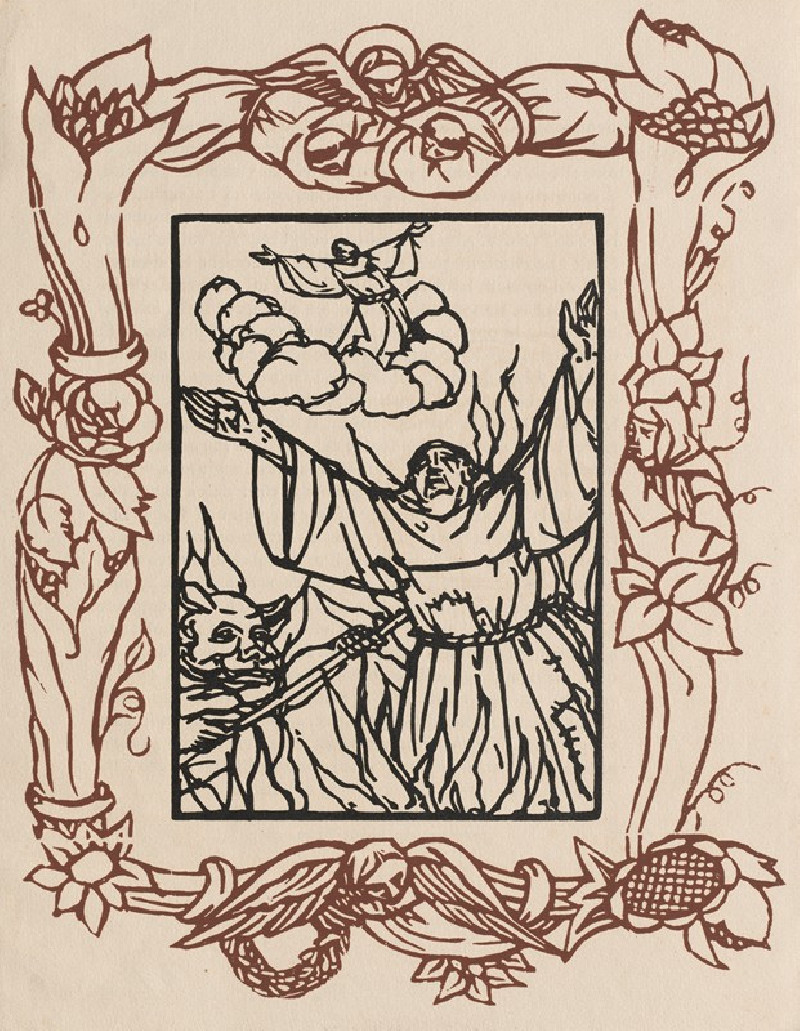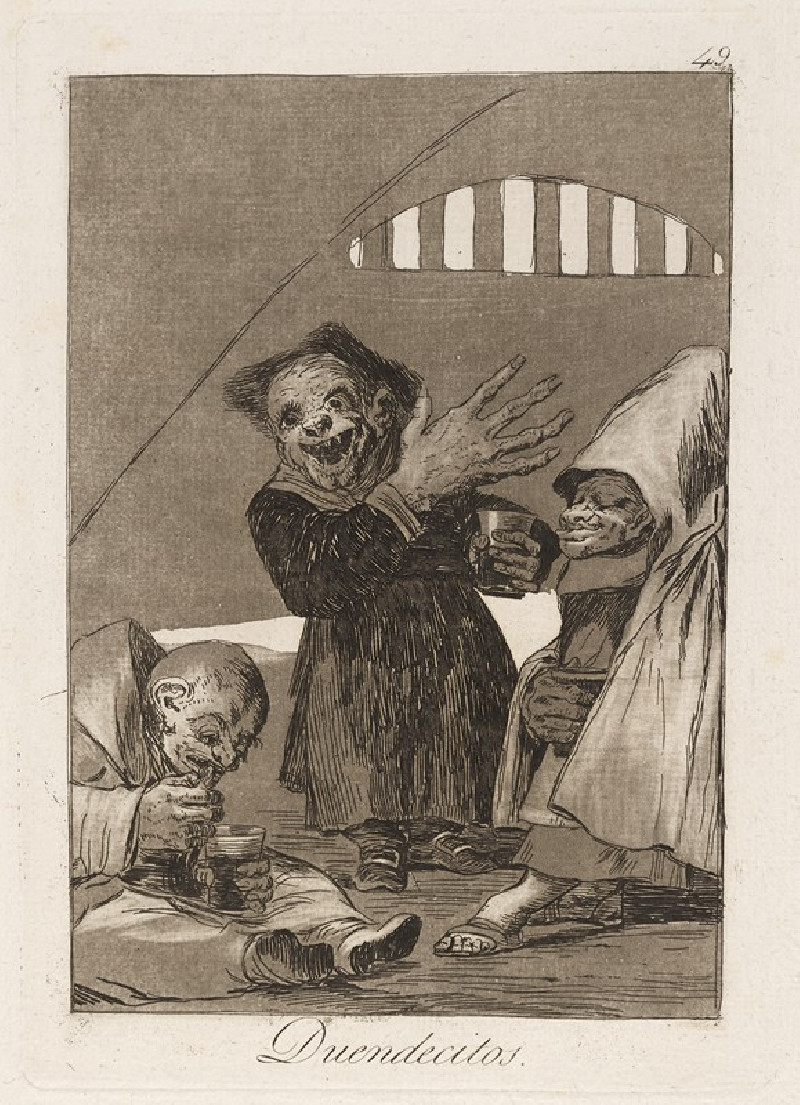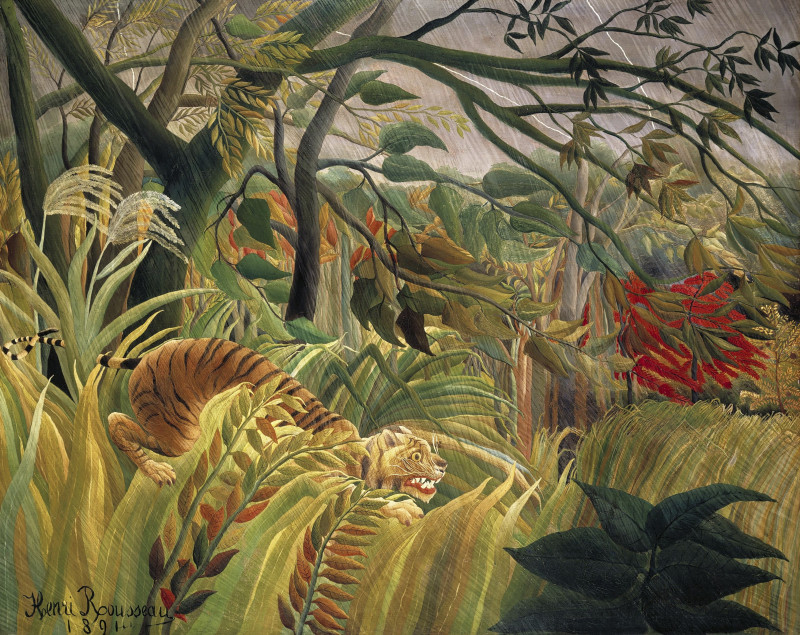Jeune femme lisant en kimono (1887)
Technique: Giclée quality print
Recommended by our customers
More about this artwork
Emile Bernard's 1887 painting, "Jeune femme lisant en kimono," captivates viewers with its intimate portrayal of a young woman absorbed in her reading. The painting is an exquisite example of Bernard's skill in capturing mood and atmosphere through a simple yet evocative composition.In this artwork, the viewer's attention is immediately drawn to the figure of the woman dressed in a softly patterned kimono, her posture relaxed and contemplative as she reads. Her identity is obscured as she turns away from the viewer, adding an air of mystery and solitude to the scene. Adjacent to her is a strikingly rendered vase holding a plant with lush green leaves and vibrant blooms that inject a burst of life into the otherwise muted color palette.The background's textured green hues subtly complement the delicate flowers on the woman's kimono, creating a harmonious balance within the composition. The overall effect is one of tranquility and quiet introspection, inviting the viewer to ponder the thoughts occupying the young reader's mind.Bernard's use of bold contours and distinct color blocks mark the influence of Post-Impressionism and foreshadow elements of early twentieth-century modernism. "Jeune femme lisant en kimono" not only showcases Bernard's innovative style but also his ability to convey deep personal and emotional resonances through the simplicity of daily life.This painting offers a peaceful retreat into the world of literature and leisure, captured forever in Bernard’s unique artistic language.
Delivery
Returns
Émile Henri Bernard (28 April 1868 – 16 April 1941) was a French Post-Impressionist painter and writer, who had artistic friendships with Vincent van Gogh, Paul Gauguin and Eugène Boch, and at a later time, Paul Cézanne. Most of his notable work was accomplished at a young age, in the years 1886 through 1897. He is also associated with Cloisonnism and Synthetism, two late 19th-century art movements. Less known is Bernard's literary work, comprising plays, poetry, and art criticism as well as art historical statements that contain first-hand information on the crucial period of modern art to which Bernard had contributed.











